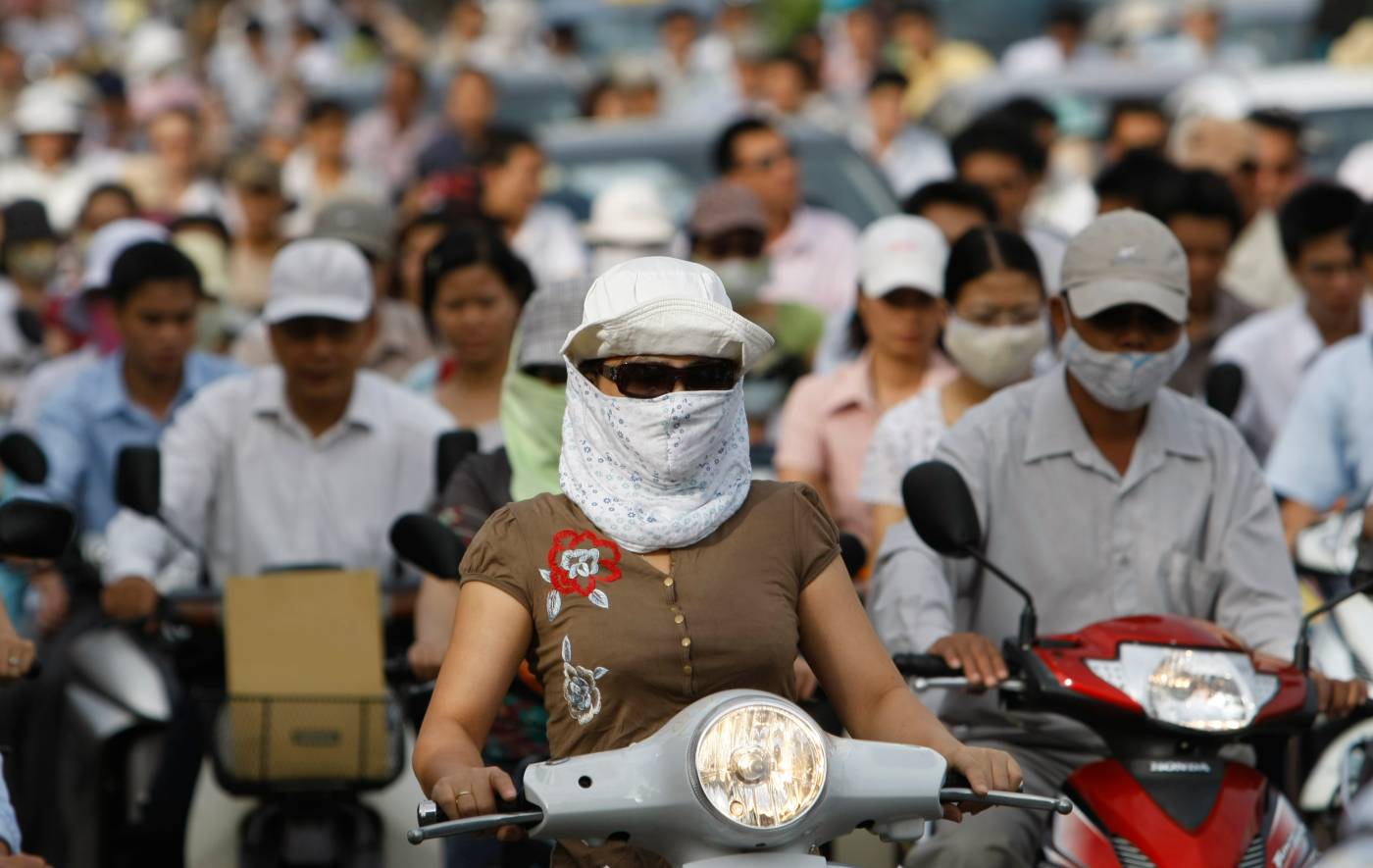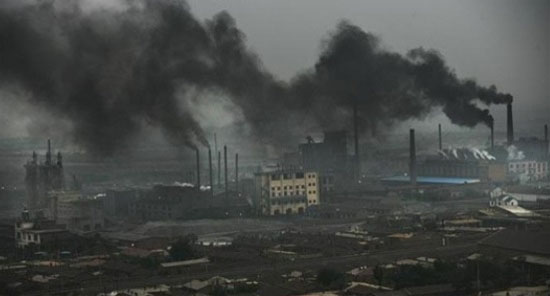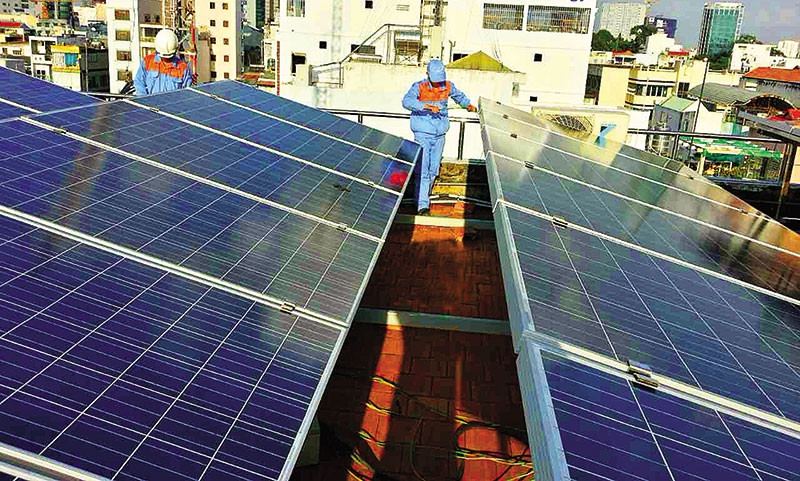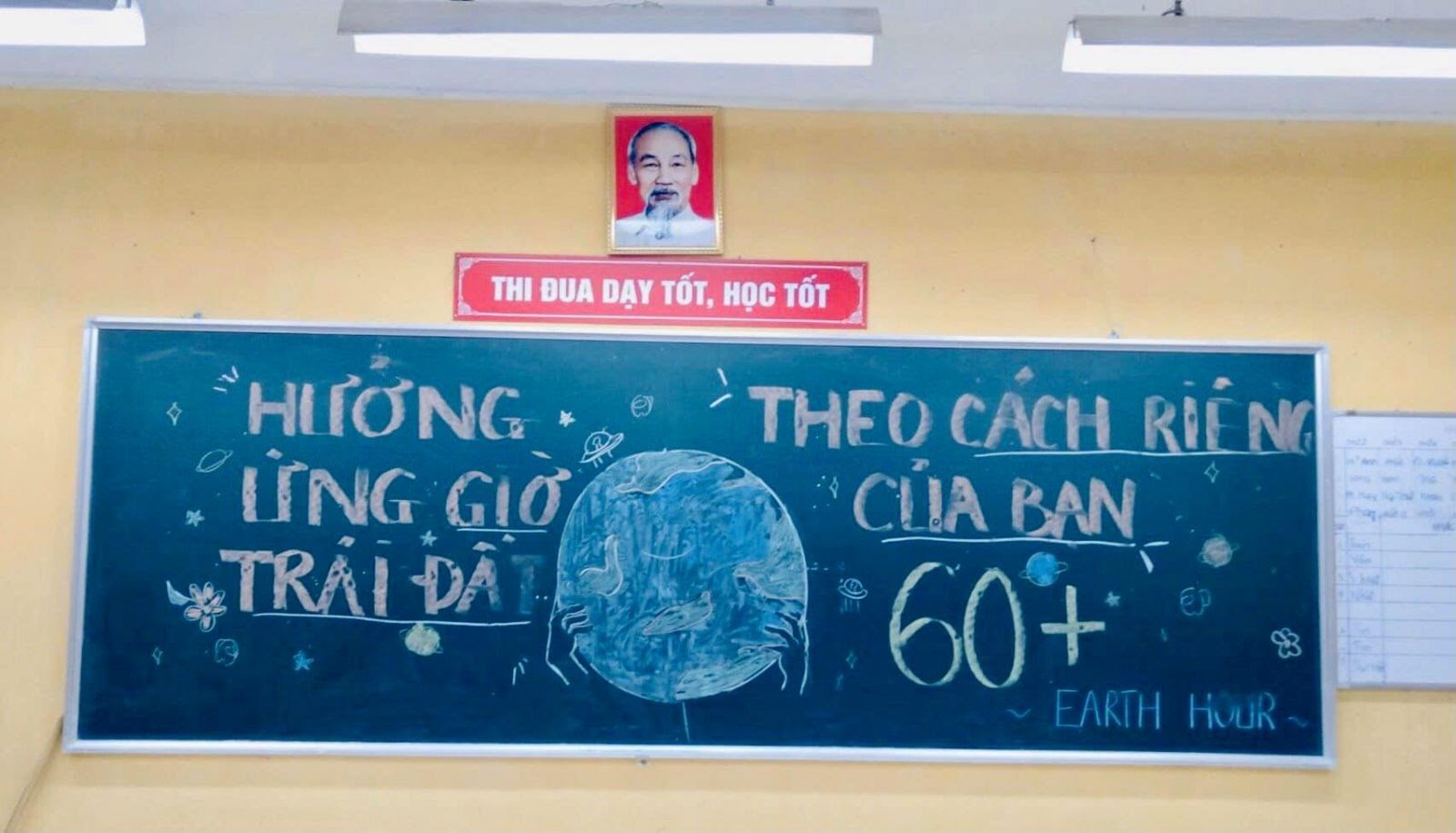
Indirect subsidies for coal power means clean renewable energy sources cannot compete, experts say
Workers repair an electric grid in Hanoi. Although Vietnam may shelve construction of its first nuclear power plant to assuage fears about safety and efficiency, the country has still failed to hammer out an environmentally friendly energy blueprint to curb its chronic power shortages.
Although Vietnam may shelve construction of its first nuclear power plant to assuage fears about safety and efficiency, the country has still failed to hammer out an environmentally friendly energy blueprint to curb its chronic power shortages.
Vietnam has done little to promote renewable energy despite its abundant wind and solar power generation potential, experts say. Coal is the main source of power generation in the energy-hungry country, a fact that could exact a heavy economic and environmental toll, they say.
Construction of the first nuclear plant in the coastal south-central province of Ninh Thuan, which was originally slated to start this year, may be put on the backburner until 2020 to ensure the highest safety and efficiency standards, Prime Minister Nguyen Tan Dung told officials from the Vietnam National Oil and Gas Group (PetroVietnam) at a recent government conference.
Dung also ordered PetroVietnam to ensure that Vietnam has enoughgas to build a 5,000-megawatt power plant complex to make up for the delayed 4,000 MW of nuclear generation capacity.
Dogged by an energy crunch, other than the first four-reactor power plant in Ninh Thuan to be built by Russian utility and energy company Rosatom, Vietnam envisages constructing seven other nuclear plants by 2030.
The country plans to produce 15,000 megawatts of electricity, or 10 percent of total generating capacity, through nuclear power by 2030, a senior official from the Vietnam Atomic Energy Commission told Reuters recently.
Electricity demand has seen double digit growth for all the 2000s, and power consumption is projected to spike over the coming years, fueled by economic growth and a population of 90 million.
The Asian Development Bank has predicted that domestic electricity demand may rise by up to 14 percent per year until 2015 and plateau at 11 percent growth until 2020, according to AP.
Vietnam’s electricity supply relies heavily on cheap hydroelectricity and domestic coal, which are both leveling off. Given that, official plans for the expansion of power generation will rely increasingly on imported coal and gas, and on foreign and private investment in new power plants.
According to the most recent power development blueprint, total collective power plant capacity in the country must reach 75,000 MW in 2020, of which coal will account for 48 percent, hydropower 25.5 percent, gas 16.5 percent, renewable energy 5.6 percent, nuclear power 1.3 percent and imported power 3.1 percent.
Thus, delaying nuclear power development would not make a huge difference for total power supply in 2020, experts say.
But given that power shortages are still affecting many businesses and communities and crude oil output has peaked, “the overall planned capacity by 2020 is a heavy increase when compared to 2011 for all sources and I am not sure that expansion is fully on track,” Koos Neefjes, the policy advisor on climate change for the United Nations Development Program (UNDP) in Vietnam, told Vietweek.
Renewable energy a turnoff?
Although the government has enacted a green growth strategy since 2012, experts say other renewable resources have not been given priority in Vietnam.
Experts say that even though speeding up investment in wind and solar power generation would limit Vietnam’s dependency on imports of fossil fuels and global fuel market price fluctuations, there is no sign that the country is taking this path.
“We do not expect this type of energy resource to play a significant role in the country in the near future, due to low tariff rates and otheravailable attractive energy alternatives,” Business Monitor International, a UK-based firm that provides analysis and forecasts on global emerging markets, said in its Vietnam Power Report for the first quarter of this year.
The government has set a tariff cap of VND1,614 (US$0.078) per kilowatt hour for wind energy, which is significantly lower than comparable tariffs in the region, the report said.
The state utility Electricity of Vietnam (EVN), which has long controlled the generation, transmission and distribution of electricity in the country, is not obliged to purchase the electricity generated from wind farms at the maximum tariff cap, it said.
“EVN has no motivation to purchase the electricity from the farm at a higher price, as the utility is already selling the generated electricity to consumers at a loss,” the report said.
“Given these limits towards the profitability of wind farms, we do not foresee much private investment occurring as long as this cap is enforced.”
Regulations are another barrier to development of and investment in renewable energy here, experts say.
“There is a limited understanding of renewable energy technologies at the local level and the requirements of establishing renewable energy plants, so potential investors are not being attracted,” said Nguy Thi Khanh, director of the Vietnamese NGO Green Innovation and Development Center (GreenID), which recently launched an initiative to promote renewable energy and energy efficiency in the northern province of Thai Binh through introducing sound local energy planning practices.
‘Worst of all’
The Business Monitor International report projected that coal capacity and generation would grow “the fastest” of all energy supplies and that Vietnam would thus have to import large amounts of coal.
From this year, Vietnam is set to become a net importer of coal with Indonesia and possibly Australia as likely suppliers. Behind China, India and Turkey, Vietnam has the largest number of coal plants proposed out of any country in the world, with EVN outlining plans to build a further 17 large coal-fired power stations by 2020.
Such a scenario portends a grim economic and environmental picture for Vietnam.
Importing coal is an incredibly expensive, risky and uncertain way to power an economy, experts say. International coal prices are far higher than domestically produced coal and are subject to the power of just a handful of large producing nations, they say.
To make matters worse, “coal for power production is indeed the worst of all fossil fuels, in terms of greenhouse gas emissions that cause global climate change and other pollutants, including the effects of mining, transport and use in large power plants on local environments,” UNDP’s Neefjes said.
Numerous studies have documented the serious health impacts from coal fired power stations to nearby communities worldwide. Air pollution from coal kills 13,000 people every year in the US, 22,000 in the EU, and 100,000 in India, according to studies released by international environmental groups.
Khanh, the Vietnamese expert, said she was not aware of such a study in Vietnam other than the one her organization is conducting on the impacts of coal-fired plants.
“The impacts of those plants have not been taken into serious account,” she said.
Last year, a leading US government finance agency, the Export-Import Bank, voted to deny financing for the polluting and inefficient 1,200-MW coal power plant being developed by PetroVietnam in Thai Binh.
Experts hope that these moves at the international level will forceVietnam to rethink its energy policy for the future. But it is not clear if a real sea change is in the offing as coal is projected to cover over 56 percent of all electricity production capacities in the country by 2030.
UNDP Vietnam-commissioned studies have confirmed that Vietnamis indirectly subsidizing coal and other fossil fuel consumption, so “it is subsidizing pollution whilst clean energy sources are still comparatively expensive,” Neefjes said.
He said if indirect subsidies on coal and other fossil fuels are removed, alternative renewable energy would be able to compete with coal and hydroelectricity very soon. Removal of indirect subsidies would also make energy efficiency measures more attractive to consumers and businesses, he added.
“Unfortunately, Vietnam is not yet doing as well as it could on developing wind and solar power and improving energy efficiency.”
Reference at: http://www.vietnambreakingnews.com/2014/02/vietnams-dirty-energy-habits-hard-to-kick-getting-worse/





.png)


